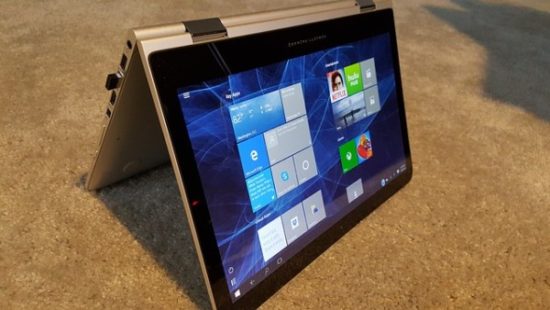You might have encountered times when your computer goes into safe mode. It’s frustrating to suddenly see the option of safe mode when you have important work to do. If that’s happening with you often, read this post to find out what’s safe mode and how does it help me.
What’s Safe Mode?
Safe mode is a safe way for your Windows operating system to load when your system is going through a critical problem. It puts your computer into diagnosing` mode so you can figure out the problem, without landing into an even bigger system problem. In Safe Mode, you can troubleshoot your problem. Figure out what’s wrong and correct it. Once your correct the problem, you can restart your Windows operating system in normal mode!

To start your computer in Safe Mode, you have to shut down your computer. Turn it on again, and while your system is booting, repeatedly press F8 until you get the option of selecting ‘safe mode’. Often your computer goes automatically into safe mode when it detects a problem and the operating system is unable to boot normally.
If your computer doesn’t go into safe mode after pressing F8, then it’s probably a new version. Read here for more safe mode windows 10 explanation. This article will help you explore new alternatives to starting your Windows in safe mode.
How is Safe Mode different from normal mode?
When you Windows 10 operating system open in safe mode, you won’t see the same options as you would see normally. That’s because safe mode is protecting all your programs right now. Some ways Safe Mode is different from the normal mode:
- Probably the first thing you will notice when your operating system boots into safe mode is a difference in the screen. The colors might look different. You might observe a fall in color and resolution quality. That’s because your computer loads up in 16 colors with a resolution of 640 by 480. At the corner of the screen, you will also ‘Safe Mode’ written at the corner of the screen.
- Safe mode will not load all your device drivers. In the safe mode, you will only likely to be able to use your keyboard and probably your mouse as the only external drives. Your printer, scanner, pens and other non-crucial pieces of hardware will not work. That’s because your computer is probably your external drives from any possible problems.
- Safe Mode will not run the config.sys or autoexec.bat files. These files control your external hardware. This is the reason many of your device drivers won’t load.
- Along with the config.sys script, the Himem.sys doesn’t also load. This means any extended memory you have in your computer won’t load. You probably don’t need the extra memory in safe mode, since you are only going to troubleshoot the problem.
- When your computer starts in safe mode, it uses standard VGA graphics mode. This is the windows in-built graphics driver. This means any graphic cards installed in your computer won’t work. Once you reboot normally, you will be able to access the other cards like before.
- All programs listed in win.ini won’t be working in safe mode also. In safe mode, your operating system will use a batch file called system.cb.
What should I do if my computer starts in Safe Mode?
If you are planning on working on something time-sensitive and your computer starts in safe mode, it’s far from the ideal situation. If that happens, you can take your system to the nearest computer repair shop.
If you’d rather do this on your own, then here are some safe options to try out first before heading to the repair shop. Determine what went wrong. What could have lead to the windows opening in safe mode? Back track your steps. Did you install some new software? Did you add a new game or application? Often that’s the problem your computer went into safe mode on its own.
If you have done either of the above, your first step should be to remove them from the system. Either their files are corrupted or infested with malicious malware or virus. Go to your Control Panel, click on Add/Remove Program. Choose the application from the list and press uninstall. Once you uninstall it, reboot your computer. This will hopefully remove your issue and you can go back to normal Windows mode.
If this doesn’t work, then your problem could be linked to a corrupted registry. In that case, you will have to reinstall your Windows. Reinstalling Windows isn’t very technical if you have the software with you.
If you don’t feel comfortable performing a new Windows installation, take your computer to a repair shop or ask a tech-savvy friend for help. You don’t want to end up with a bigger issue.
